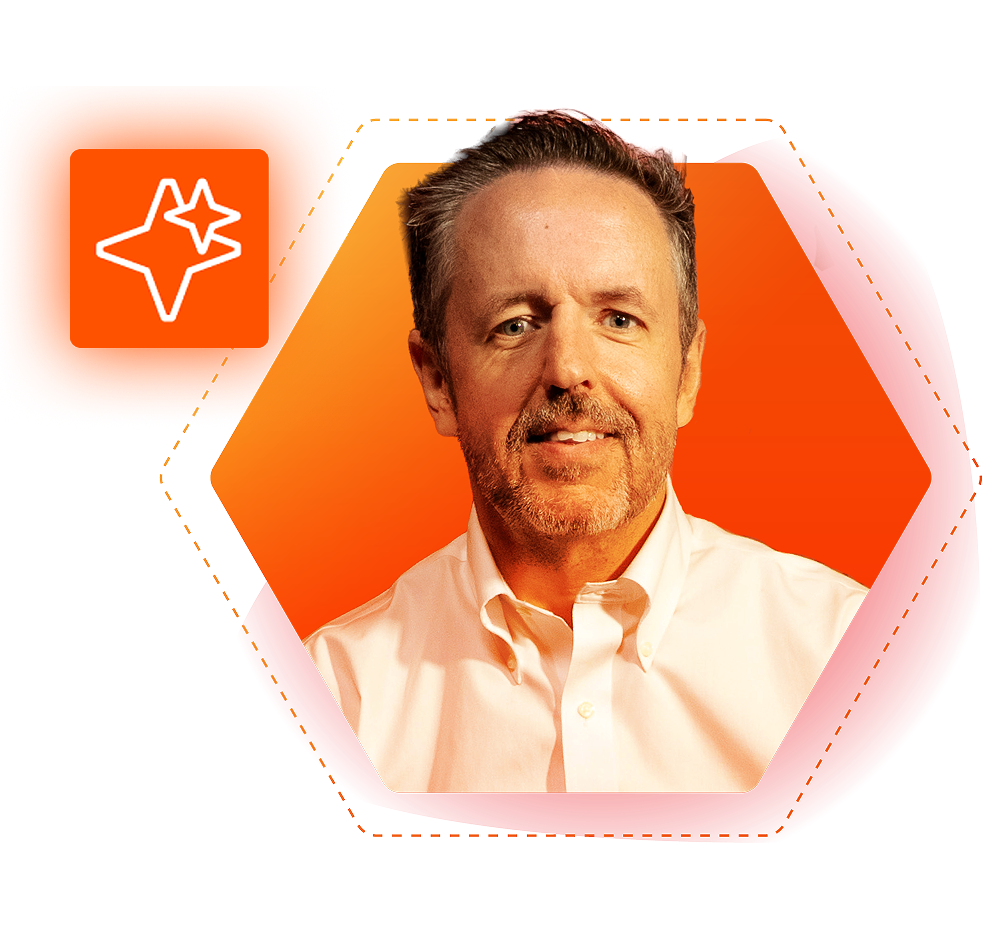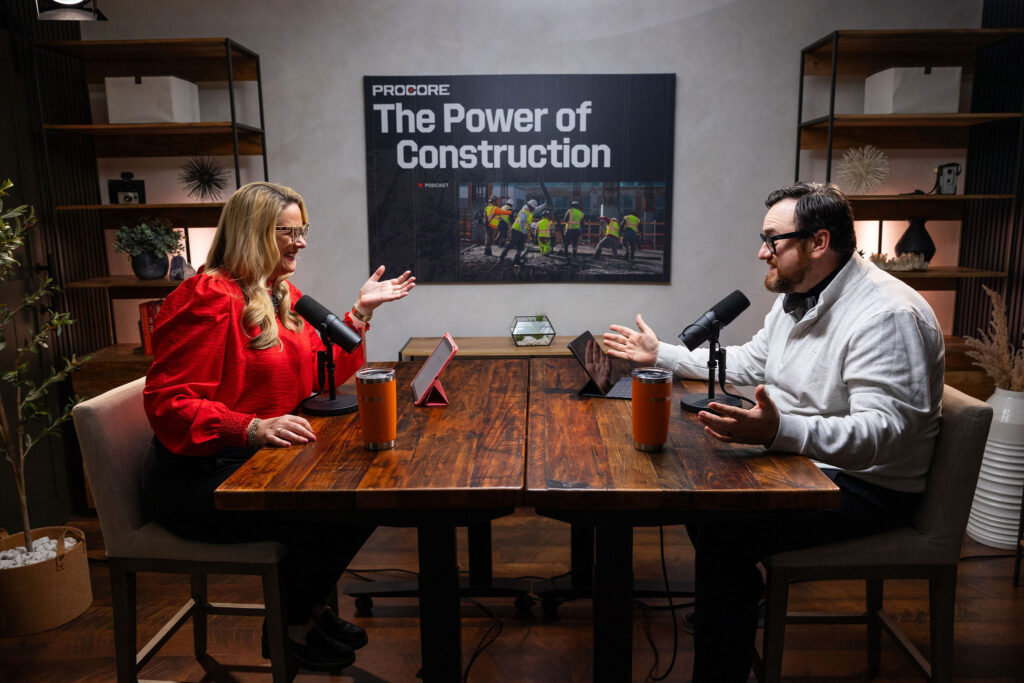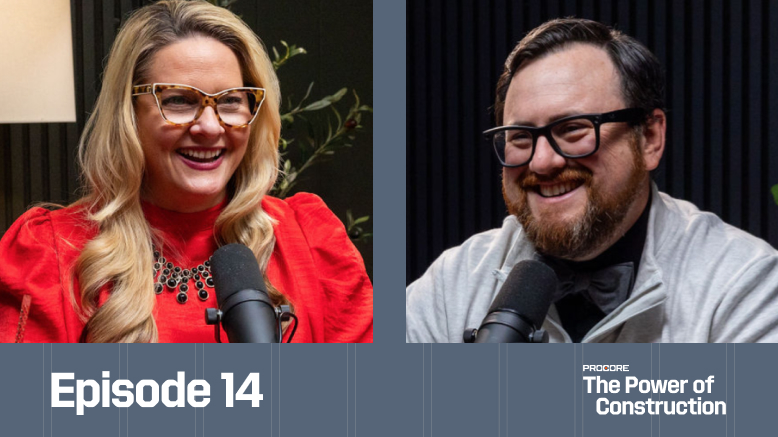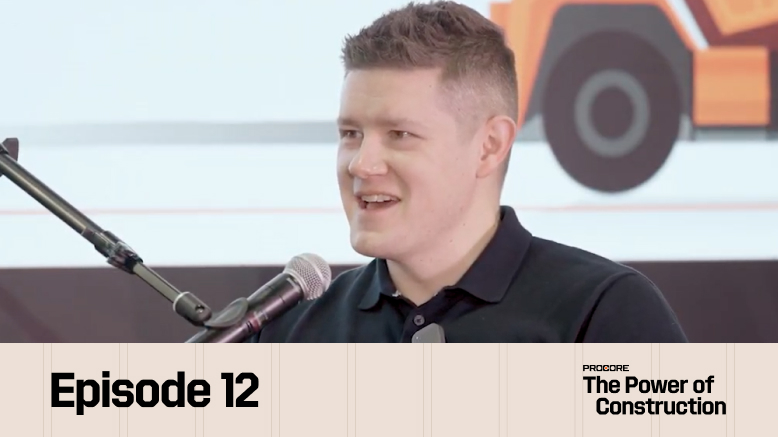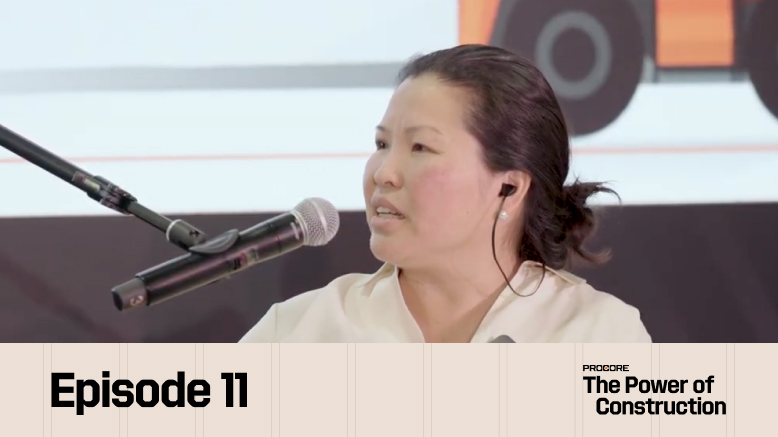Introduction: The Productivity Challenge
Sasha Reed opens by addressing the troubling reality of construction's productivity gap, highlighting that it's not just a symptom but a systematic issue. The industry operates with outdated business models while other sectors achieve 3-4% annual productivity growth compared to construction's 1%.
KPMG research shows construction margins typically range 2-5%, and McKinsey reports that only 20% of construction companies consistently invest in workforce development due to economic constraints.
Guest Introduction: Mel Renfrow
Mel Renfrow, VP of Strategic Development and Marketing at Performance Contracting Group (PCG), brings over 25 years of experience in people and leadership development.
She leads a team of 40+ professionals managing employee, organizational, and leadership development for both field and salary workers at one of the largest specialty contractors in the United States.
PCG's Transformation: $1B to $3B Growth Story
Mel explains PCG's remarkable growth from $1 billion to $3 billion in revenue since 2015, attributed to four key factors: investing in talent, developing robust leadership strategy, fostering an owner mindset, and leveraging mentorship and accountability.
Originally spun off from Owens Corning with 300 people, PCG now operates 45 locations nationwide with a focus on developing everyone as a leader rather than traditional succession planning.
Leadership Development Philosophy: Investing in Everyone
PCG's approach differs from traditional leadership development by investing in everyone rather than just identified "high potentials." Mel describes their comprehensive program structure: leading self, leading others, leading leaders, and leading the organization.
The company focuses on consistency across their nationwide footprint while avoiding bureaucratic complexity, defining the "X factor" that makes successful leaders.
Breaking Traditional Hiring Patterns
Mel discusses how PCG diversified their talent pool by hiring outside the construction industry, seeking good thinkers who fit their culture rather than only construction science backgrounds.
She emphasizes the challenge of managing diverse teams and the importance of identifying different types of thinkers, talents, and backgrounds needed for highly functioning, balanced teams.
One PCG Initiative: Operational Unification
The One PCG initiative transformed how PCG's business units collaborate, moving from siloed operations to strategic partnerships. Instead of multiple offices in the same city operating independently, they now bundle services to be more attractive to clients while reducing redundancy.
This macro perspective approach has enabled better talent mobility and project resource allocation across their national footprint.
Revolutionary Field Leadership Investment (2008)
Mel shares a pivotal story from 2008 when PCG made a controversial decision to invest in field leadership development for union workers who could potentially leave for competitors.
Despite skepticism, leadership believed that investing in people would create competitive advantage and improve the entire industry. The program, ranging from Foreman 100-700 levels, has proven successful through peer-to-peer relationships and influence-based leadership.
Partnership with FMI: 360-Degree Feedback Revolution
Starting in 2010, PCG partnered with FMI's Field Leadership Institute to provide 360-degree feedback for executives. This marked a cultural shift from transactional work relationships to understanding the true cost of leadership styles.
The feedback helped leaders realize they were achieving results but at what cost, leading to more sustainable and effective leadership approaches based on trust and relationships.
Center for Learning and Development: Connection Strategy
PCG's learning center in Lenexa, Kansas focuses on three pillars: connect, develop, and inspire. Despite COVID-19 making virtual training more cost-effective, PCG continued investing in physical training to build peer-to-peer relationships.
Programs like Project Engineer Boot Camp create competitive team environments and lasting connections that enable ongoing knowledge sharing across the organization.
ESOP Advantage: Employee Ownership Culture
As an Employee Stock Ownership Plan (ESOP) company, PCG benefits from natural accountability and self-policing. Mel explains how employee ownership creates investment in others' success since individual performance directly impacts collective returns.
This structure enables risk-taking as a growth strategy and creates a culture where helping others succeed is rewarded and recognized.
Investment Scale: $3M Annual Workforce Development
PCG's concrete investment includes 186 individuals in training programs, 3,000 employees who've participated, 8 external coaches for younger leaders, and $3 million annually in workforce subsidies.
The company focuses on providing experiences rather than just knowledge, orchestrating career development through intentional project assignments and exposure to different product lines and markets.
Future of Construction Leadership: Human Skills Priority
Mel predicts that as AI handles repetitive tasks, interpersonal effectiveness will become the key differentiator. While operational excellence remains the entry point, emotional intelligence and human connection skills will determine leadership success.
She emphasizes construction's evolution toward addressing mental health awareness and the critical need to improve "human stuff" as technology advances.
Rapid-Fire Questions: Mel's Insights
Book Recommendation: Good to Great by Jim Collins, though Mel admits to preferring fiction for creative perspective.
Gaining Perspective: Travel, ask people questions, and join associations outside construction to see different problem-solving approaches.
Advice to Younger Self: Speak up more and trust your gut.
Future Innovation: Data analytics and having all information in one place to tell better stories.
Industry Tagline: "Build it so your kids can enjoy it."
Key Quotes
"You should let the computers do the things that they're really good at, just repetitive, dull, boring, dirty, dangerous tasks, but focus on building your empathy. Focus on building your interpersonal skills, the ability to win friends and influence people, if you will, and you will be better off and AI will never be able to replace you." – Kris Lengieza, Procore
"We see everybody as a leader, and we're not developing specifically one for one... Instead, it's let's invest in everyone, and then when spots become available, we're ready to go." – Mel Renfrow, PCG
"If you wanna be promoted, well, then you need to train your replacement. And that's how you show up and be the best version, and there'll be a place for you." – Mel Renfrow, PCG
